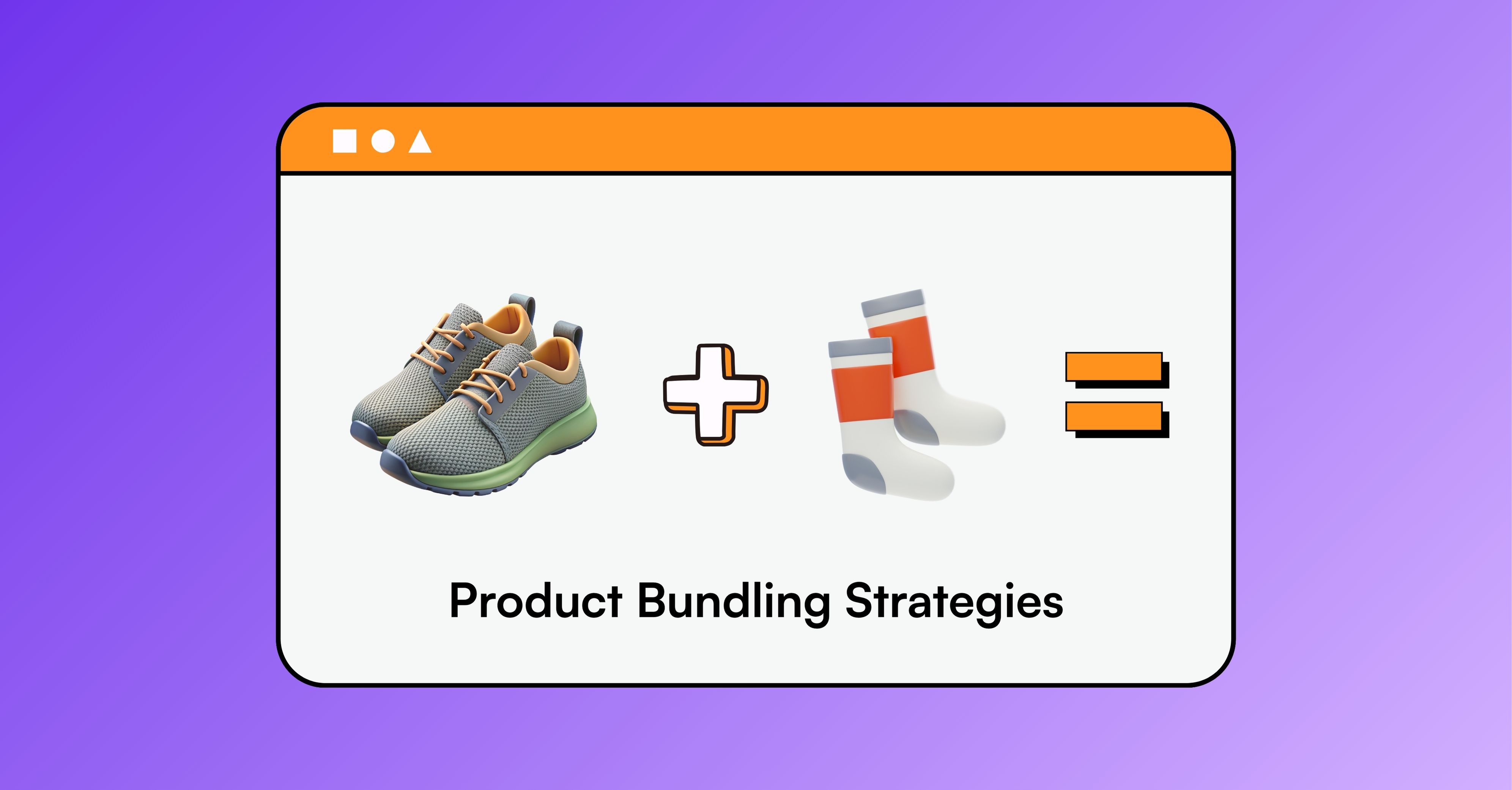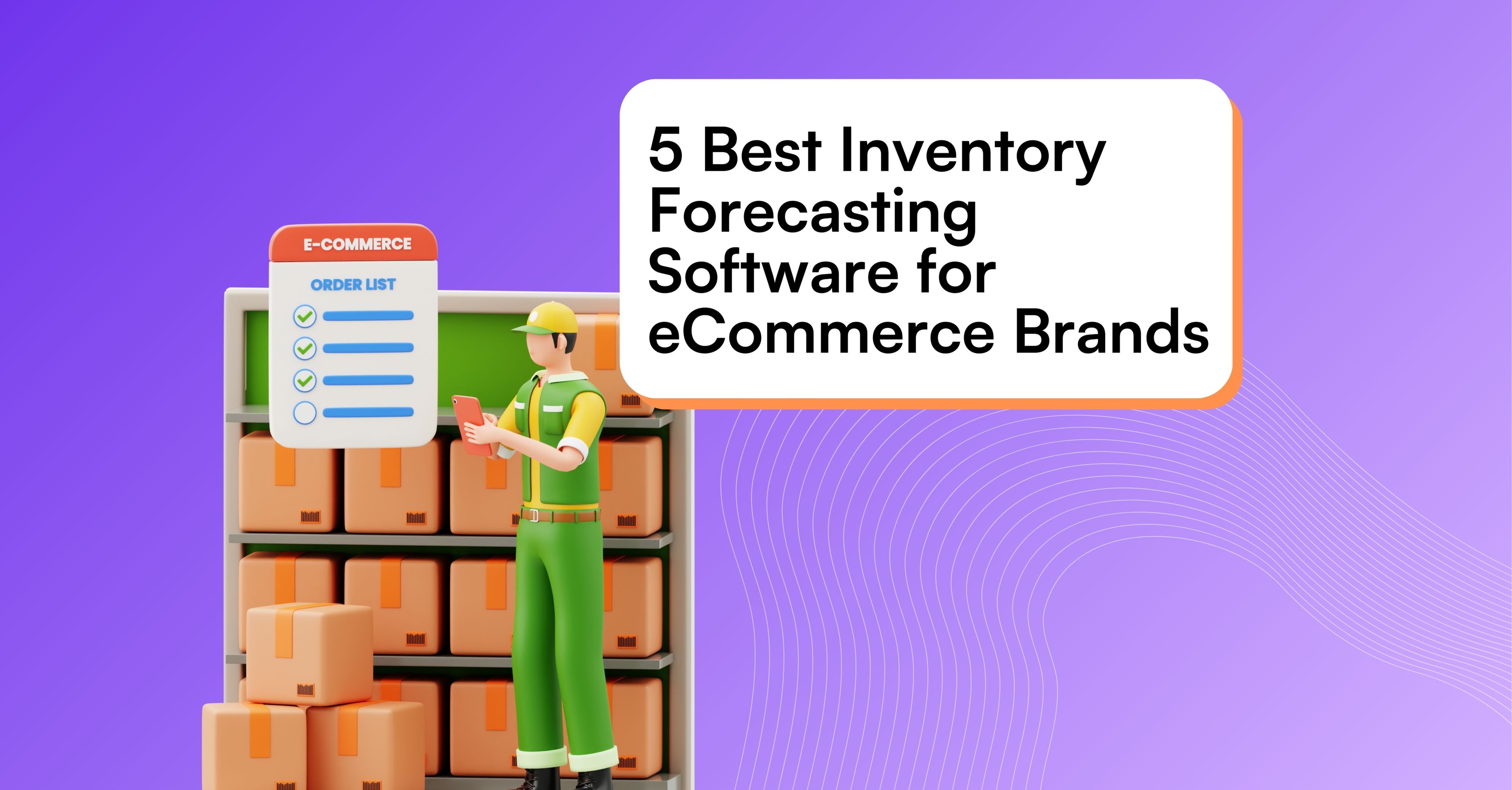David Wiltshire is the founder of Cogent2 and one of the UK’s most experienced delivery leads in ERP, eCommerce, and integration projects. With over a decade leading complex multi-system implementations for some of the world’s best-known retail brands including Lounge, Castore & several Formula 1 Teams he specialises in helping businesses get the best from their technology stack.
Under David’s leadership, Cogent2 has built a reputation for going deep into the operational detail and delivering measurable outcomes across NetSuite, NetSuite support and optimisation, and end-to-end integration services. He’s worked with high-growth brands to design connected, scalable tech ecosystems that reduce costs, improve performance, and keep teams focused on growth rather than firefighting.
David’s background includes founding Patchworks, one of the first dedicated cloud iPaaS platforms for retail, and leading hundreds of integration and replatforming projects involving NetSuite, Shopify, Microsoft Dynamics, warehouse management systems, and marketplace platforms.
Back in 2012, you launched Patchworks, a dedicated iPaaS for retail businesses. Since then, how have you seen the term “Omnichannel Selling” change for brands?
Way back then, in what now feels like the dark ages, very few APIs worked as intended, so let’s just say life is better now. The API-first, composable trend has been a very welcome shift over the past few years, making true omnichannel selling far more achievable. We’re also seeing the universe expand dramatically in terms of the tech options available to retailers and the number of platforms in a typical stack. What’s even better is that the quality of technology in the ecosystem is improving at pace, so brands have more reliable, innovative tools to work with. Omnichannel used to mean simply having multiple sales channels; now it’s about creating a connected experience underpinned by technology that actually delivers on the promise.
Everyone talks about having unified, real-time performance data across stores, web, and marketplaces. In your opinion, how important is this for brands, and what does it mean if brands don’t have this at their disposal?
Without unified, near-real-time data, you’re running your business on a delay, and in retail that’s costly. Stockouts go unnoticed until customers complain, overstock quietly drains your margin, and marketing campaigns fire without a clear read on what’s actually moving. Brands without this visibility end up making decisions based on stale, incomplete information, which is like steering a ship with yesterday’s map. The most advanced operators treat data as a lifeline, because when you can see what’s happening across all channels in the moment, you can act in hours instead of weeks.
Selling on multiple marketplaces (Amazon, Walmart, eBay, TikTok Shop) is a popular way for brands to diversify their revenue streams and reach. Which integration tactics and considerations would you recommend to brands looking to expand into new marketplaces?
Marketplaces can open up incredible growth opportunities, but they can also quietly torpedo your profitability if you do not know your numbers. Fees, fulfilment rules, and returns policies can erode contribution profit faster than you expect, so step one is to get a clear picture of those costs before listing anything. At the same time, think carefully about your integration approach. Running lots of separate integrations and providers quickly becomes messy at scale, with poor visibility, inconsistent processes, and a higher risk of customer experience issues that generate bad reviews and extra work for your team. The smartest move is to connect everything through one integration platform or iPaaS, so you can self-serve, support it securely in one place, and keep operations predictable.
Marketplace-specific software can be useful when you need advanced selling features, but it is often expensive and packed with functionality you may never use. If your main requirement is reliable connectivity, it is often more efficient to use an iPaaS than to buy into an all-bells-and-whistles marketplace platform. Pair that with automated inventory sync, pricing rules that factor in marketplace costs, and fulfilment routing that meets SLAs without eating your margin, and you will be in a far stronger position to grow profitably.
When a brand launches a new SKU across multiple channels — eCom, in-store and marketplaces — what sort of metrics should brands be keeping an eye on?
The essentials are sell-through rates per channel, return rates, margin after all costs, and the SKU’s impact on average order value. Operationally, track fulfilment times, backorder volumes, and how inventory is balancing between channels. The faster you can see a slow mover or a runaway bestseller in one channel, the faster you can adjust stock, pricing, or marketing. With good integration, you’re making those adjustments in near real-time instead of waiting for the month-end report.
Any integration tips when launching new products or collections?
Get your product data right from the start. That means complete attributes, correct GTINs, mapped categories for each channel, and imagery that meets every platform’s standards. Most listing delays and rejections come down to poor data setup, and fixing them later is far more painful than doing it right at the beginning. Automating as much of that mapping and enrichment as possible will keep things moving quickly, especially when you’re pushing to multiple marketplaces.
Plenty of CTOs still think a couple of custom APIs and a nightly CSV dump will do the job. What cost or risk factors do they underestimate compared with adopting a commercial iPaaS?
Custom integrations can feel like a quick win, but they usually come with a hidden list of limitations. You’re relying on developer timeframes for every change, stuck with code that’s a black box to anyone who didn’t build it, and left without the visibility you need when something goes wrong. A commercial iPaaS flips that on its head. You get secure, tested connectors, fast deployment, and repeatable patterns you can scale without starting from scratch. You can see exactly what’s happening in real time, make adjustments yourself without pulling a developer off another project, and give non-technical teams the ability to manage and customise workflows. It’s not just about replacing manual effort — it’s about giving the business more control, speed, and resilience while cutting down dependency on a handful of people who know the code.
Gen-AI promises smarter catalogue mapping, anomaly detection, and even auto-mapping of new endpoints. Which AI-driven capabilities do you expect to add the most real-world value to omnichannel brands in the next 24 months?
The biggest immediate wins will be in automating catalogue mapping and cleaning product data. Anyone who’s had to list thousands of SKUs across multiple marketplaces knows how much time is lost on manual attribute matching and fixing rejected listings. AI that can learn your preferred mapping rules and apply them at scale will save weeks of work. Anomaly detection will also have real impact, flagging stock discrepancies, pricing errors, or fulfilment delays before they turn into costly problems.
What AI promises still belong in the hype-cycle penalty box?
AI making fully automated commercial decisions without human oversight is still overhyped. Retail has too much nuance for a system to optimise in isolation. Brand positioning, campaign timing, and customer sentiment are all factors an algorithm can’t perfectly understand yet. The same goes for AI trend forecasting sold as “always right.” It’s a useful input, but not a crystal ball. The real value comes when AI supports smart humans, not replaces them.
What’s your opinion on omnichannel brands leveraging a tool like Conjura, in combination with an iPaaS, to maximize profitability and growth?
It’s one of the smartest combinations you can run. An iPaaS gives you the operational backbone to keep systems connected and data flowing, while Conjura gives you the financial clarity to see exactly where profit is being made or lost. Without both, you risk scaling in the wrong direction, growing revenue while quietly bleeding margin. The brands that pair flawless execution with forensic financial insight will be the ones still growing when everyone else is cutting back.
Are you looking to grow you business with AI powered analytics? Book a Conjura demo here.











